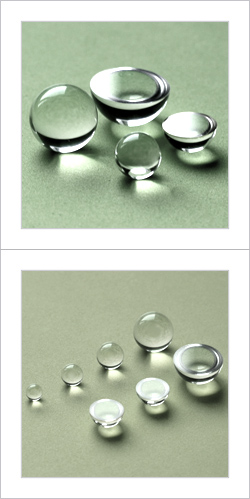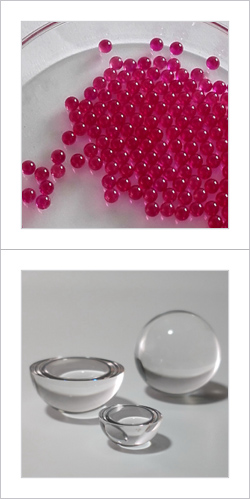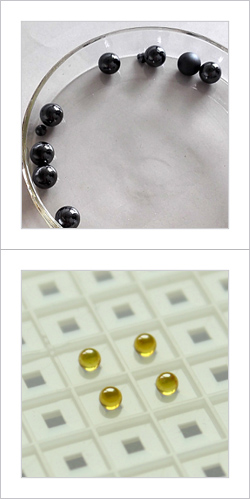Reducing fertilizer after harvesting
Recently, agronomists saw in the grape plantations that some of the farmers’ grapes gradually fell off during the winter, and they saw a few green leaves on the trellis, while some of the farmer’s grape leaves had been unglazed. Some farmers' grapes still retain some leaves, but the leaf margins of the leaves are scorched and the leaves are small. The leaves are brown, yellow, and purple. In the survey, it was found that the better-growing farmer households had an average income of nearly 10,000 yuan per mu, and the benefits of poor planting were low.
When investigating farmers who planted grapes, it was learned that those farmers with low returns were mainly under cultivation and management, and there were mistakes in fertilization.
The first is that after the harvest, no reduced fertilizer is applied to make the grape plants hungry and there is not enough nutrient absorption, storage and transformation.
The second is the partial application of nitrogen, phosphorus, potassium or a large number of elements, such as excess nitrogen, easy to change the sugar of photosynthetic products into cellulose, so that the formation of large gaps in the xylem, grape pith new expansion, susceptible to freezing damage With drought damage, nitrogen deficiency is weak, poor flower bud differentiation, low yield, poor fruit coloring and poor sweetness. Excess phosphorus, for example, will inhibit the absorption of nitrogen. It will also lead to soil acidification, affect the absorption of zinc, iron and other trace elements. The lack of phosphate fertilizer, the assimilation of carbon is inhibited, and starch is not easily converted into soluble sugar. Phosphorus, the leaves were red, poor flower bud differentiation, fruit sugar content decreased. If the potassium is excessive, it will have an antagonistic effect with nitrogen and will resist the absorption of nitrogen. If the potassium is insufficient, the film will turn brown, the leaf margin will turn, the tip will die, the fruit will be small, the coloring will be poor, and the yield will be low.
The third is to ignore the supporting use of trace elements. Fourth, improper management, such as fertilization, fertilizer from the root too close, easy to make new roots suffering from fertilizer. When there are pruning, there are more fruit left and new shoots are shorter.
In order to promote the high yield and quality of grapes, we must pay more attention to pastoral management.
Highlight base fertilizer and see seedlings for fertilizer. The yield of grapes is generally positively related to the level of fertilization. The intrinsic experience is the production of fertilizers, or the production of fat. The comprehensive experience of each place is that for every 500 kilograms of grapes to be produced, 1,000 kilograms of high-quality organic manure must be applied, together with phosphorus, potassium, and trace elements such as calcium and boron. In basal fertilizers, the amount of nitrogen fertilizers accounts for 60%-70% of the whole year, phosphorus fertilizer accounts for more than 80%, and potassium fertilizer accounts for 30%-40%. It also depends on seedlings to catch good pre-emergence fertilizers and strong fruit fertilizers, and to spray fertilizers from outside the roots.
Control the retention of the mother branch and update the master vine. The grape begins to be pruned during the dormancy period and the pruning time is carried out before the leaves fall to the beginning of spring. Before the repair is divided into short cut and update trim two. The short cut is for the main vine, and the update is for the old vine. In the case of short shearing, the number of long-standing buds is 8-12, the number of buds in the medium is 5-7, and the number of buds is 2-3. For varieties with high fruiting parts, long and medium buds must be used. Methods: For medium or weakly growing varieties, the medium and short vines are the mainstay methods for leaving buds. To update the pruning, one is to selectively cultivate the strong shoots of the lower part of the main stem of the grape. When the new shoots of the new generation are able to produce more fruit, the old vines, which are already in decline, are immediately cut off; The renewal will go weak and stay strong, stay on and stay. At the same time, thinning the fruit.
Clean up debris and reduce pathogens. After the arrival of winter, it is necessary to thoroughly clean up the vineyards. First, we must clean up the remaining foliage; second, we must eliminate the net disease; third, we must eliminate the weeds, and then concentrate on deep or burn them. Before the sprouting of the grapes, it is necessary to spray the grape trunks, branches, and soil with 1 to 2 times with the use of Baume's 5 degree lime sulfur agent to kill the germs and reduce the incidence base in the coming year.
Small ball lenses are widely used to couple optical fibers and semiconductor lasers, or another optical fiber, or light detectors.
The small ball lens is much smaller than the normal lens, and the whole is polished, so be careful when using it. However, it can reduce the size and weight of the device.
Can be divided into two types of small ball lenses without coating and anti-reflection coating. The anti-reflection film is a single-layer MgF2 film, corresponding to three wavelength bands: 400-700 nm, 700-900 nm and 1300-1550 nm.
The design wavelength of the lens is 587.6nm (yellow helium line [d line]).
Ball lenses feature short back focal lengths to minimize the distance needed from the ball Lens to the optical fiber. Ball lenses are commonly used to improve signal quality in fiber coupling applications, or for use in endoscopy or bar code scanning applications.
Half-Ball (hemispherical) lenses are ideal for applications such as fiber communication,endoscopy, microscopy, optical pick-up devices,and laser measurement systems.
Fused Silica Ball and Half-Ball Lenses:
(From 200nm to 2.2μm)
1,Excellent UV Transmission
2,Low Coefficient of Thermal Expansion




H-K9L Ball Lens,N-Bk7 Ball Lens,H-K9L N-Bk7 Ball Lens,High Precision Ball Lens
ChangChun Worldhawk Optics Co.,Ltd , https://www.worldhawk-optics.com